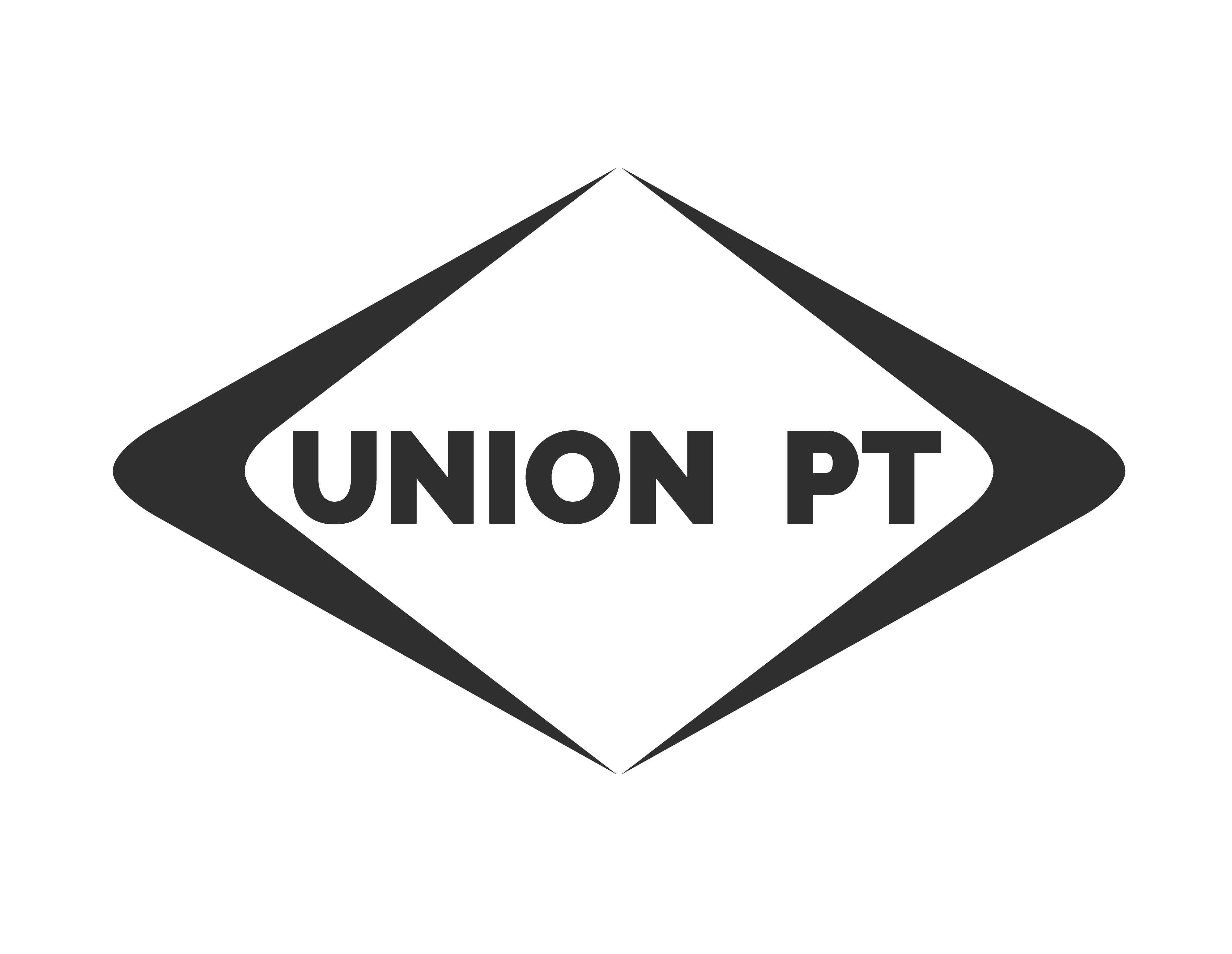Infrapatellar fat pad (aka Hoffa’s fat pad):
A fluid filled sack that sits below the patella, and can be felt on either side of the patellar tendon (the patellar tendon connects the patella to the tibia). When inflamed, the infrapatellar fat pad can be pinched between the patella and the femur, or the femur and tibia.
Acute injury or overuse: The fat pad may become inflamed following an increase in training, a single overuse event, trauma to another tissue (e.g. ACL, meniscus), from a fall, impact, or other acute trauma.
Chronic injury: The fat pad may become chronically inflamed if never treated following an acute incident as above, or following surgery to the knee. After time, inflammation can turn into scar tissue, which may be more difficult to treat with physical therapy.
Impingement: The fat pad is normally mobile, and moves out of the joint spaces of the knee as the knee flexes and extends. As the fat pad becomes inflamed and enlarged due to swelling, it is no longer able to move out of joint spaces and can become pinched or impinged.
Infrapatellar fat pad inflammation or impingement can be very painful, and is most often felt locally at the site of the fat pad.
Independent management, especially for acute fat pad symptoms, requires rest and efforts to reduce inflammation:
- If overuse, stop the provoking activity
- Ice regularly – 10-15 minutes, several times per day – to reduce swelling
- Use of NSAID’s, if approved by your doctor, to reduce inflammation
Physical therapy for fat pad pain might include:
Manual therapy:
- Soft tissue treatment: Hands on treatment of muscles surrounding the region of your fat pad related symptoms will assist with reducing pain, improving muscle relaxation, and improving the ability of joints to move normally. Muscle pain contributing to your symptoms may be due to:
- Joint mobilization: Hands on treatment focused at the level of the joint surfaces to reduce pain, improve joint specific mobility, and re-educate proper joint movement. This may be targeted at the level of the spine you are experiencing your pain, as well as above and/or below the level of your symptoms to address contributions to your specific problem.
Strengthening:
- Neuromuscular re-education: Training targeted at re-educating faulty movement patterns, improving muscle coordination, or facilitating muscle firing in muscles that are weak or inhibited. These movements are often small in nature and not targeted at making muscles bigger.
- Stabilization: Exercises targeting strength and endurance of the muscles closest to your joints (and therefore better at stabilizing joints than moving them).
- Activity training: Exercises targeted to your specific goals, fitness activities, recreational activities, or job requirements that will facilitate return to your lifestyle prior to pain.
Therapeutic ultrasound:
- Ultrasound: Used therapeutically, ultrasound utilizes sound waves to reach the targeted tissue creating a vibration to heat up the tissues. Ultrasound can be effective to calm down irritable tissue that may not respond well to hands on techniques. It may also be used to reduce local swelling, relax tissue, improve blood flow for tissue healing, and break down scar tissue.
Taping:
- Taping provided and taught by your physical therapist may be helpful as a short term strategy to unload the fat pad, reduce impingement, and allow you to continue activity during your course of therapy.


